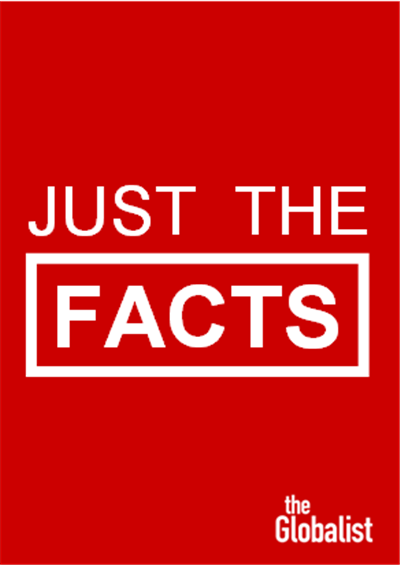Iran Protests: Frustrating Budget Changes
Cuts and hikes in all the wrong places?
January 17, 2018

1. The December 2017 budget announcement from Iranian President Rouhani contributed to provoking the recent protests in Iran.
2. It included substantial increases in military spending, tax hikes and cuts to subsidies and welfare.
3. Fuel price rises, while unpopular, are part of a long-term effort to eliminate fuel subsidies and reduce suffocating air pollution in key cities.
Iran Protests: The Inflation Dimension
Iran Protests: The Young and the Jobless
Iran Protests: Urbanization as a Factor
Iran Protests: Frustrating Budget Changes
4. Cash handouts would also fall by 45%. The latter is a relatively new program, instituted by the previous president, Mahmoud Ahmadinejad.
5. It was being widely abused outside of its target recipients. By 2014, 70 million Iranians had registered to receive benefits, out of a total population that then amounted to 74 million.
6. Within the actual intended lower-income segments of the population, the program was actually quite helpful in reducing poverty.
7. At the same time, Iran planned to spend a total of $8 billion on the Revolutionary Guard (not including its off-budget revenues from economic enterprises).
8. The budget also includes funding for militias in neighboring Iraq as well as for Hezbollah in Lebanon and Syria.
9. Iran has also spent billions in credit and oil assistance to the Syrian government as part of its regional foreign policy.
10. This led some protesters to ask why so much money is being spent abroad, instead of being spent or invested at home.
Sources: The Globalist Research Center, Reuters, Wall Street Journal, World Bank